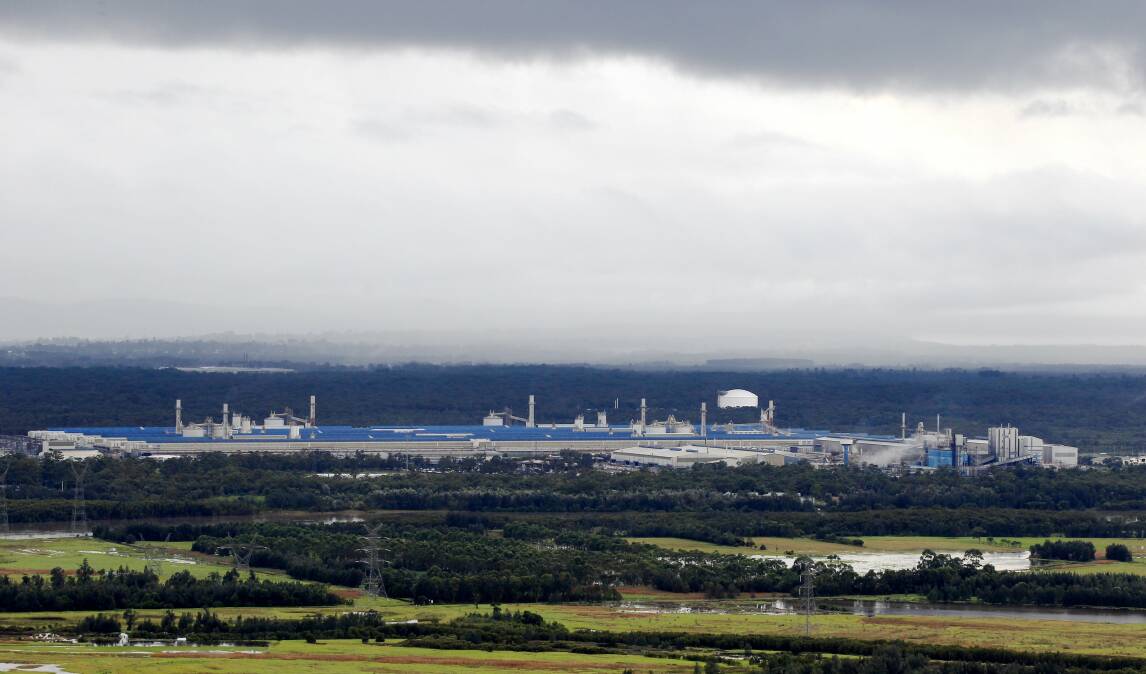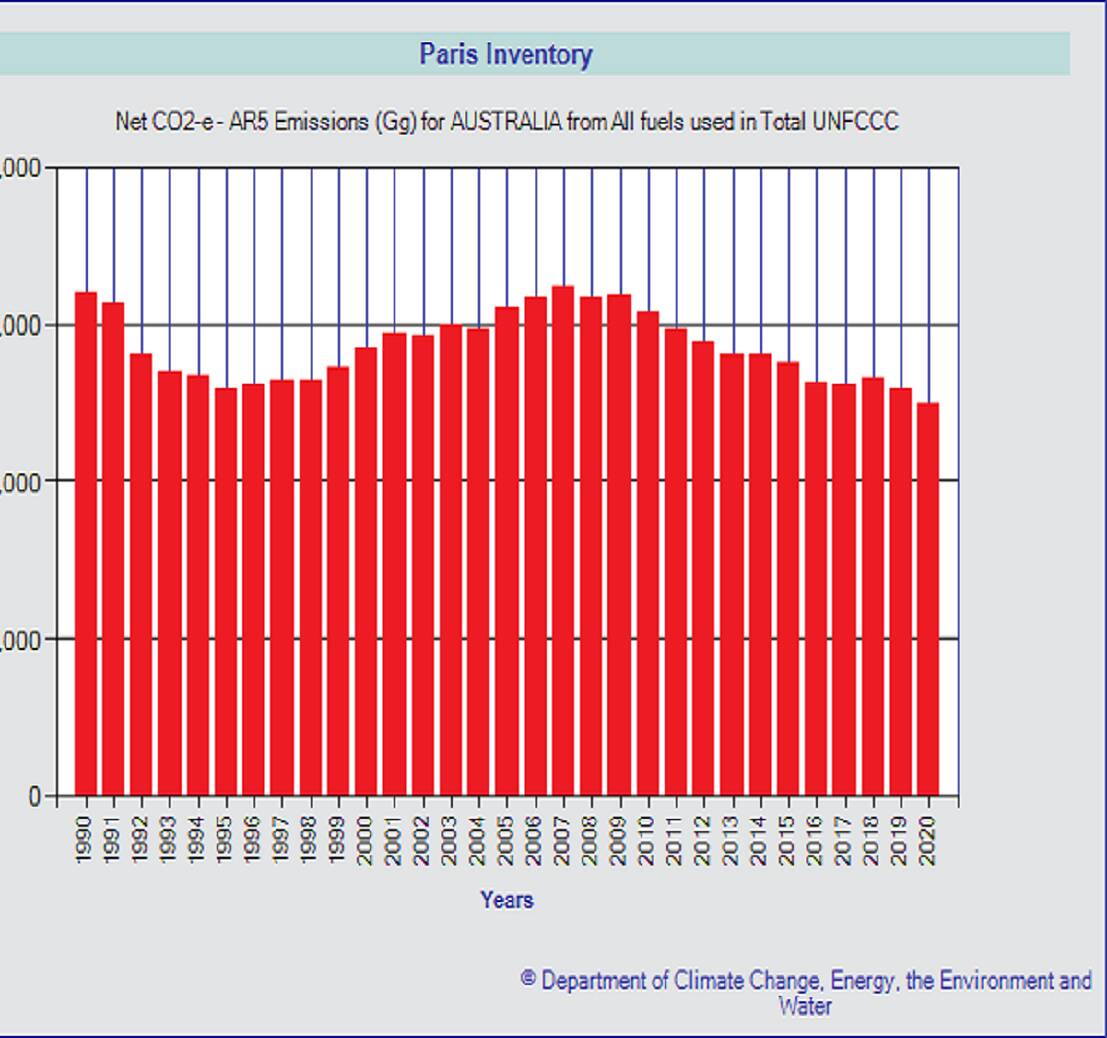
ALL of Australia will need to contribute to emissions reduction, business and industry leaders have said in response to Labor's Climate Change Bill passing the House of Representatives.
And the federal government has confirmed that the 43 per cent reduction on 2005 emissions represents a 27 per cent cut from present levels of emission, meaning the real task is not as difficult, but still significant.
Business Hunter chief executive Bob Hawes said yesterday that a decade of political fighting over climate that meant Australia now had less than eight years to reach a 2030 target that other countries had previously recognised.
He said much of the focus had been on the electricity industry, which had been seen as "low hanging fruit" in the push to reduce greenhouse gas emissions.
"For every sector that is not contributing, others will be required, overall, to do more," Mr Hawes said.
The Climate Change Bill commits the nation to reducing greenhouse gas emissions by 43 per cent on 2005 levels.
The year 2005 is the Paris agreement "benchmark year", but the federal Department of Industry confirmed yesterday that Australian emissions had fallen since 2005, when emissions totalled 621 million tonnes, to 488 million tonnes last year.
This means the 43 per cent reduction on 2005 is a reduction of 27 per cent on where we are at the moment.
"The most recently quarterly update estimated Australia's emissions for the year to June 2021 were 22 per cent below emissions in the year to June 2005," an Industry Department spokesperson said.
"Using this figure, the 2030 target is equivalent to a 27 per cent reduction on 2021 levels."
Mr Hawes said the 27 per cent figure was still a big cut, and the next challenge was to see how "net zero" calculations were done. He acknowledged that big emitters could in principle reach "net zero" without reducing emissions, but through buying carbon offset permits.
"In reality, offsets are going to play a big part in achieving the targets given we are leaving our run to 2030 to a very late stage," Mr Hawes said.
Labor has promised to "safeguard" export coal as an "emissions-intensive, trade exposed" industry but the Greens and the new "Teal" MPs are likely to keep pushing for a ban on new coal, gas or oil projects.
The coal industry's peak body, the Minerals Council of Australia, says it supports the 2030 target and Labor's Climate Change Bill, but it must "reflect technology readiness and cost".
"We can't have policy reform that drives businesses to reduced production or closure due to an inability to compete with countries that don't have strict emissions constraints on their export industries," council chief executive Tania Constable said.
Another peak industry body, the Australian Industry Group was one of eight signatories, including the Australian Institute of Company Directors, to a joint statement supporting the bill and its 2030 target as a "timely signal".
Yesterday, AIG public policy advisor Tennant Reed said 2005 was "close to our peak emissions" and using it showed the progress made.
"(Using) a later year would discount what weve achieved so far," Mr Reed said. "We're not worried about the way the numbers are presented. The focus should be on how we get to 2030, and to net zero beyond that."
Tomago Aluminium's biggest shareholder, Rio Tinto, said this week it was talking with power company AGL about "decarbonisation".








